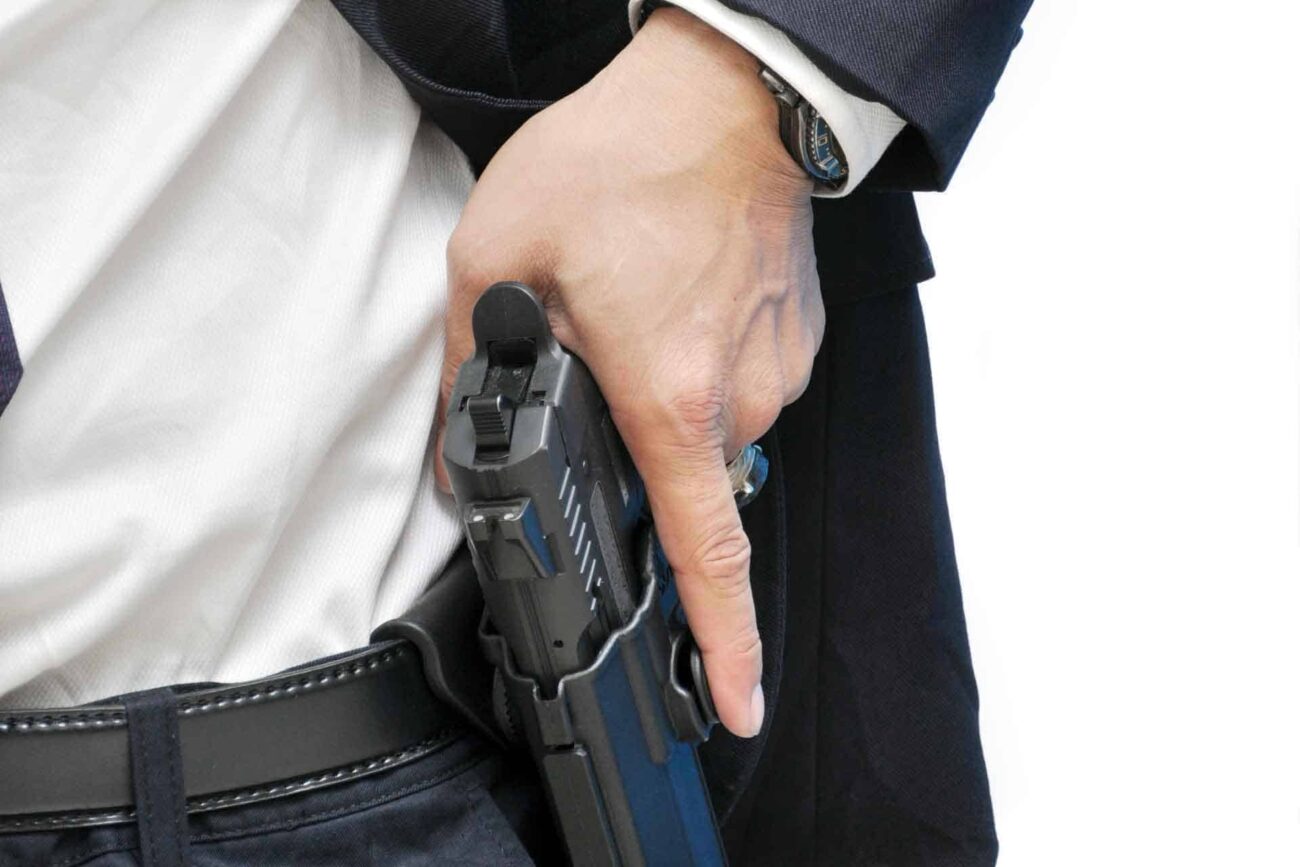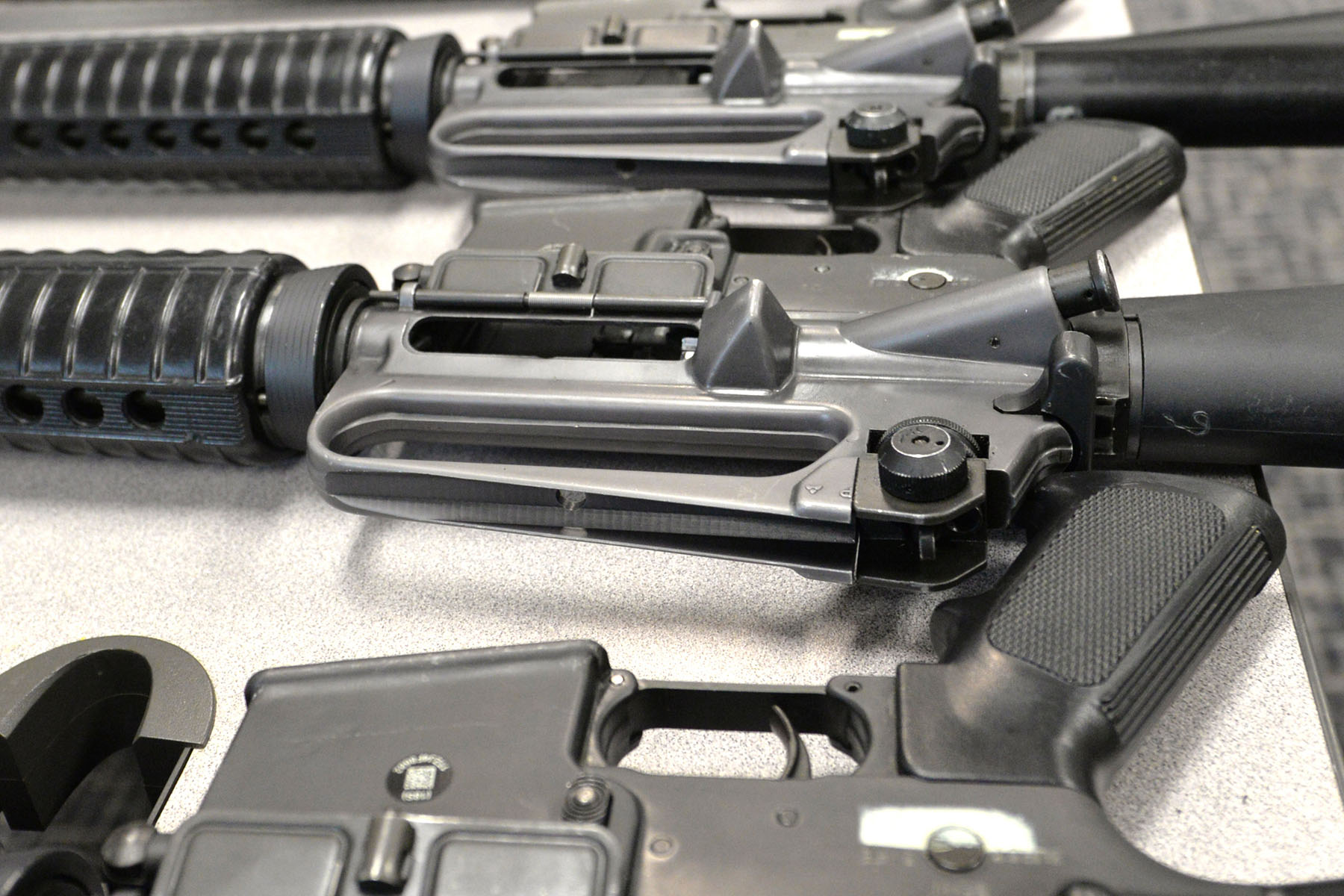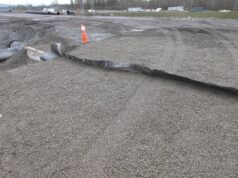
The job of an executive protection agent is to ensure the safety and security of high-profile clients. To accomplish this, agents must be well-versed in weapons training and related topics.
This includes understanding the application of firearms, effective strategies for neutralizing threats, and other critical considerations when protecting a client. Knowing these elements can help an agent excel at their job and provide valuable peace of mind to those they are charged with protecting.
1. Introduction to Weapons Training for Executive Protection
Weapons training for executive protection consists of teaching the necessary skills and techniques to protect a VIP or high-profile individual. It includes learning how to use various weapons, such as handguns, rifles, shotguns, and submachine guns in a variety of defensive scenarios.
The training also covers safety protocols, proper gun handling and storage practices, shooting fundamentals and accuracy drills, self-defense tactics, and more. Executive protection agents must be thoroughly trained in all aspects of firearms use before they can effectively protect their assigned individuals.
Weapons training is critical to ensure the protection agent has the skills needed to respond appropriately in any given situation where force may be necessary.
2. Advantages of Weapons Training in Executive Protection

Weapons training is an important part of executive protection. By understanding the different types of weapons and how to use them properly, bodyguards can better protect their clients in potentially dangerous situations.
Weapons training courses provide the necessary knowledge and skills needed for a successful career in executive protection. Courses typically include topics such as target practice, safety protocols, basic maintenance and cleaning techniques, firing positions, ammunition selection, and storage methods.
In addition to learning these skills from experienced professionals, students will also gain valuable insight into potential threats as well as best practices for dealing with them effectively. Through weapons training in executive protection, bodyguards are prepared to handle any situation that may arise with confidence.
3. Types of Weapon Systems Used in Executive Protection
There are a variety of weapon systems used in executive protection, each with its own advantages and disadvantages. The most common type of weapon used in executive protection is the handgun. Handguns are compact and easy to carry, making them ideal for close-quarters situations.
They are also relatively easy to use, although they can be less accurate than other types of weapons. Rifles are another popular choice for executive protection teams. Rifles offer greater accuracy and power than handguns, making them ideal for long-range engagements.
However, they can be more difficult to carry and use in close quarters. Shotguns are sometimes used in executive protection as well. Shotguns offer a wide range of firepower, making them effective in both close-quarters and long-range situations. However, they can be difficult to control and may not be as accurate as other types of weapons.
4. Techniques and Strategies for Effective Use of Firearms

When it comes to executive protection, proper weapons training is essential for any security professional. In order to be effective in the use of firearms and other weapons, it is important for professionals, like pwa.edu, to learn the techniques and strategies necessary for effective use.
This includes understanding how to properly handle a firearm, as well as knowing when and how best to deploy it. Furthermore, individuals must also be familiar with all applicable laws regarding weapon ownership and usage in their particular jurisdiction. Knowing current regulations surrounding the storage of firearms will allow an individual to better protect themselves while still adhering to these laws.
Additionally, learning defensive tactics such as cover positions or fire control can help protect those under one’s care if ever faced with an armed assailant. Understanding these techniques and strategies through proper training can ensure that security professional is prepared should they ever need to draw their weapon while on duty
5. Safety Considerations When Engaging in Weapons Training for Executive Protection
When engaging in weapons training for executive protection, safety is paramount. It is important to remember that firearms and other weapons can be deadly if not handled carefully. All personnel involved with weapon handling must be properly trained, certified, and experienced in the use of those weapons.
Additionally, all participants should wear appropriate eye and ear protection as well as any additional safety gear depending on the type of weapon being used. There should also be a designated safe zone away from other people where all shooting activities take place under strict supervision by an instructor or range master.
Adequate ventilation must also always be provided to reduce the risk of exposure to lead particles generated by firing bullets at indoor ranges. Range masters should continuously monitor shooters during live-fire drills to ensure proper gun handling techniques are utilized throughout each drill session and that all safety protocols are followed at all times for maximum security and prevention of injury or death due to careless handling of powerful weaponry.
6. Advanced Tactics and Drills to Enhance Skillset

Weapons training for executive protection is an essential component of any security professional’s skill set. Advanced tactics and drills can help to enhance the overall proficiency of the individual, ensuring that they are able to handle any situation with confidence.
This type of training involves learning how to properly handle a weapon, as well as developing mastery over various tactical maneuvers such as clearing a room or breaching doors. Additionally, it may involve working through scenarios in order to hone one’s decision-making skills and instincts when faced with potentially dangerous situations.
Training should include both classroom instruction and practice drills in order to ensure that professionals have both theoretical knowledge and physical capability when required on the job.
7. Resources and Advice on How to Improve Your Knowledge
Weapons training is an essential part of any executive protection program. Executive protectors must be knowledgeable about the use of a variety of weapons and receive adequate training in order to ensure the safety of those they protect.
To have a successful weapons training program, it is important for executive protectors to understand what type of weapons are available, how to properly handle them, as well as when and where they can legally use force. In addition, executive protectors should be aware of all local laws and regulations related to weapon possession and usage.
Furthermore, executor protectors should receive regular updates on changes in weapons technology that may affect their duties or create new risks for those they are protecting.
Finally, resources such as online forums and websites devoted to security topics can provide additional advice on how best to improve knowledge concerning proper weapon usage and handling techniques.



